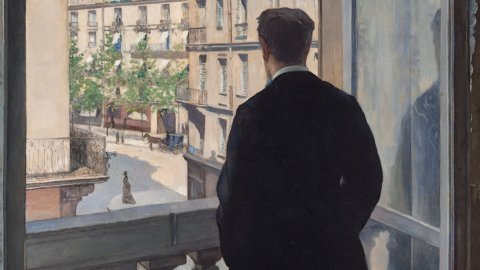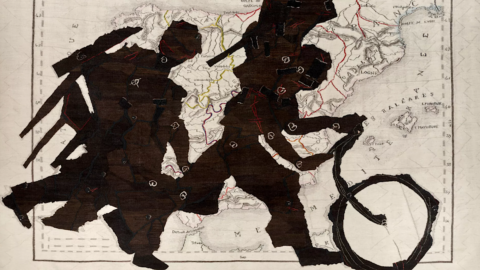Great masters of impressionism are the protagonists of the 25 works of the collection offered in November and a dedicated online sale of decorative arts and furniture will take place in December 2021. The collection was assembled half a century ago and it is expected to make over $200 million. A portion of the proceeds from the sale will go to educational purposes. A global tour of the collection's highlights will include stops in Taipei, Tokyo, Hong Kong and London, before previewing the auction at Christie's Rockefeller Galleries in New York.
For more than half a century, the businessman, collector and philanthropist Edwin Lochridge Cox has been at the forefront of civic life in Texas and the United States. A beloved figure in his hometown of Dallas, Cox has been celebrated not only as a true visionary in American energy, but as an indispensable benefactor and patron of some of America's most important cultural institutions. Throughout his 99 years, Edwin L. Cox has cultivated a profound personal legacy centered around the core values that have guided his remarkable career: entrepreneurship, scholarship, and the importance of helping others.
Adrien Meyer, Global Head-Private Sales & Co-Chairman-Impressionist & Modern Art, notes: “Perhaps one of the finest collections of Impressionist art ever to come to auction, the Cox Collection will be remembered as a cornerstone in the art market . Most of the images will be seen as a once in a lifetime opportunity for any collector or museum.”
La Cox Collection tells the story of Impressionism and Post-Impressionism at the highest level and encompasses many of the stylistic and thematic features that constitute these seminal movements. The highlight of the collection is one of the most iconic paintings of Gustave Caillebotte's oeuvre and the cover of the catalog raisonné, the imposing Jeune homme à sa fenêtre completed 1876, estimate by request (over $50 million).
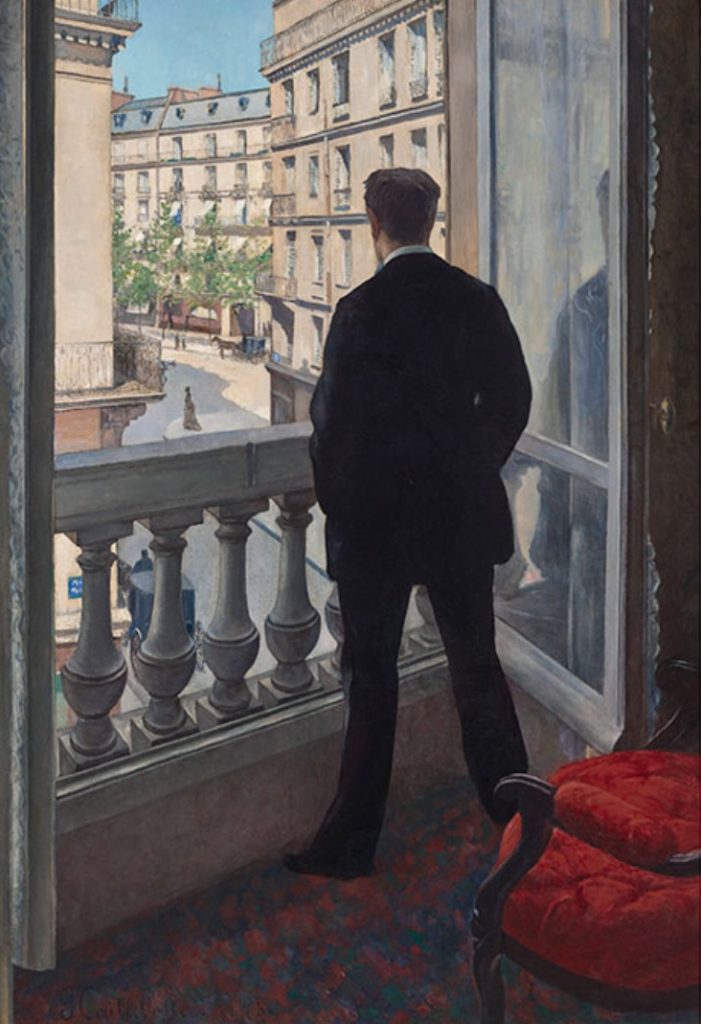
The work depicts the artist's middle brother, René, looking out of the window of the family residence in the 8th arrondissement of Paris. Presenting a new vision of bourgeois Parisian life in which a young man is caught in a moment of contemplation as he watches the street from an elegant apartment, this work showed the influence of Caillebotte's academic training along with his growing interest in realism. The painting, which would later be featured in America's first ever exhibition of Impressionist works in 1886, earned the artist a reputation within the Paris art scene as an insightful chronicler of contemporary life. Jeune homme à sa fenêtre soon became known as one of his most emblematic works.
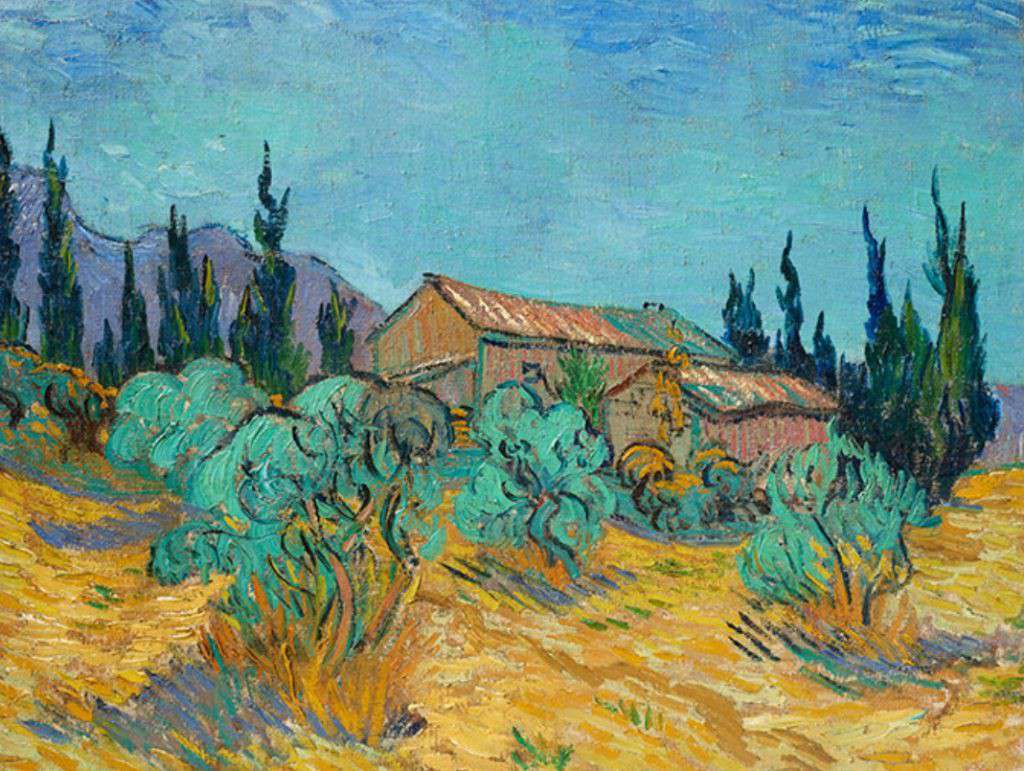
The Cabanes de bois parmi les oliviers et cyprès di Vincent van Gogh combine the artist's favorite Provençal motifs and synthesize the characteristics of the artist's mature style that emerged in Saint-Rémy, where it was executed in October 1889, estimate upon request (approximately $40 million). Van Gogh's year-long stay in Saint-Rémy would see his work reach a pinnacle of expression, as he described the world around him with ever-increasing intensity. Sheltered in an asylum, he encountered periods of mental illness interspersed with periods of prolific production. “I carry on like one possessed,” van Gogh wrote to his brother Theo from Saint-Rémy in September 1889, “more than ever I have a pent-up fury at work, and I think this will help cure me.” With the motif of the olive tree, van Gogh was able to explore his now famous expressionist artistic language, as the present work masterfully shows. These circular strokes and sinuous, slurred lines came to dominate van Gogh's work at Saint-Rémy.
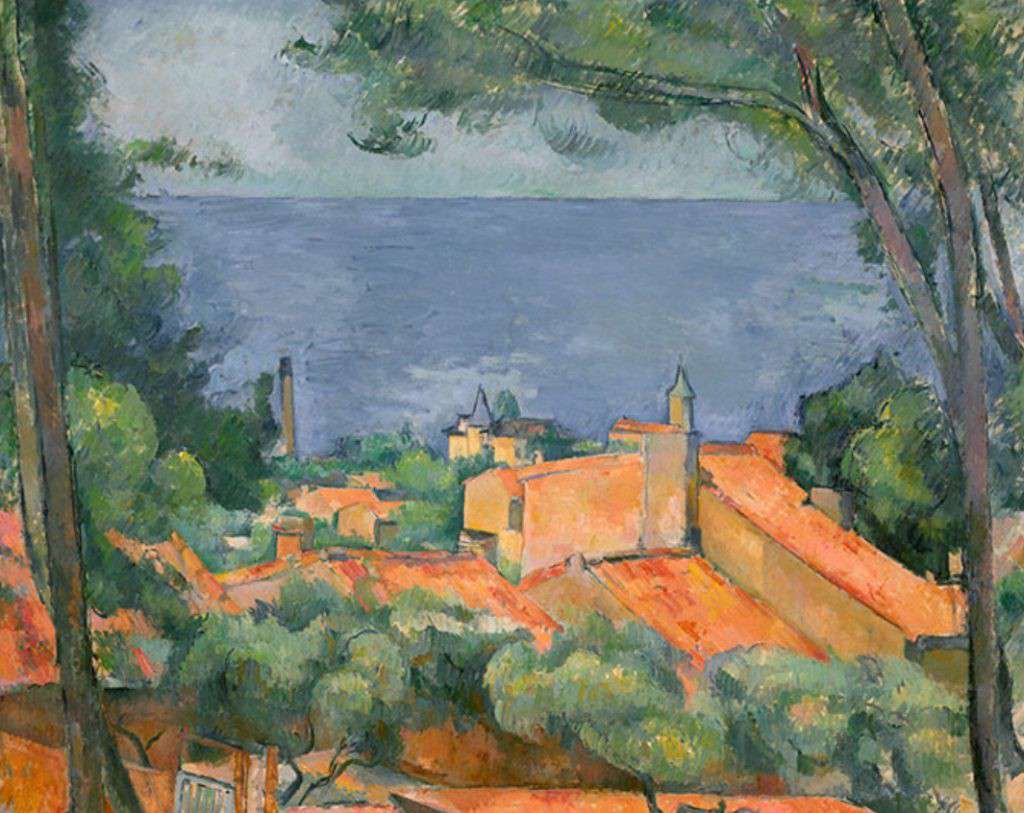
L'Estaque aux toits rouges di Paul Cézanne painted around 1883-1885 it is one of the most innovative landscapes of its period (estimate $35.000.000-55.000.000). Carefully cropped and brightly colored, the cubic houses and blue sea plan encapsulate the various aspects that Cézanne had pursued. It is one of the culminating works of the intense surge of creativity that L'Estaque had unleashed in the artist during a series of visits in the late 1870s and early 1880s. By reducing the landscape to its elemental components, Cézanne increasingly experiences a abstract construction of the world around him, in which superimposed planes of color take the place of conventional modelling.

